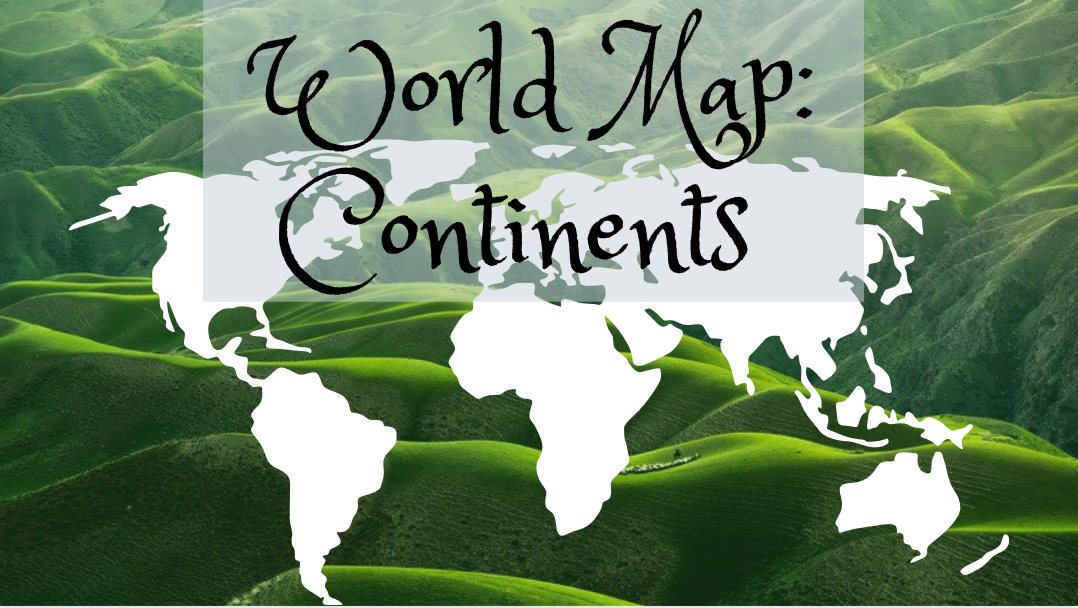Do Sharks Have Bones?

Sharks do not have bones; instead, they have cartilage that makes up their skeleton. Sharks make some bone material for their teeth and fin spines…
Read more

Sharks do not have bones; instead, they have cartilage that makes up their skeleton. Sharks make some bone material for their teeth and fin spines…
Read more

Hydropower has several pros and cons that make it an interesting choice depending on each situation. Some hydropower pros are nearly continuous energy supply, low…
Read more

Carbon (C) is a very flexible element and can form a number of different ions. Carbon has an outer shell consisting of 4 valence electrons….
Read more

Viscose fabric is one of many popular fabrics that exists and is commonly known as Rayon. Viscose material is man-made and created by weaving together…
Read more

Looking at a map of Florida beaches makes you realize just how beautiful Florida’s coastline is. From the famous South Beach to Daytona, to Panama…
Read more

The continents of the world are Asia, Antarctica, Australia, Africa, North America, South America, and lastly Europe. These 7 continents of the world make up…
Read more

Regions are categories, and like all categories, they exist to help us group things together and make sense of the world around us. A formal…
Read more

Owls eat other living things as they are carnivores, including a variety of small animals, rats, mice, birds, amphibians, small mammals, rabbits, moles, and skunks….
Read more

Abiotic and biotic factors are the nonliving and living parts of an ecosystem, respectively. For example, abiotic factors can be the temperature, air, water, soil…
Read more

A graphene battery is a new type of battery made of graphene, a thin sheet of carbon atoms in a honeycomb pattern. Rumors are Tesla…
Read more

The types of ecosystems on Earth range from wet to dry, cold to hot. They include rainforest, grassland, savanna, tundra, desert, estuary, taiga, prairie, freshwater…
Read more